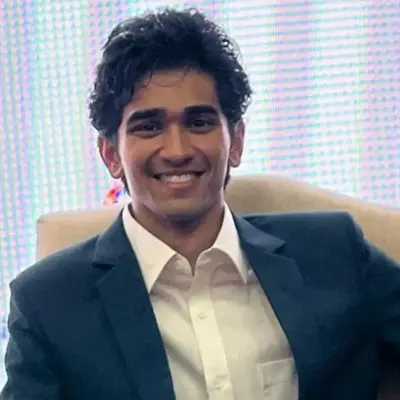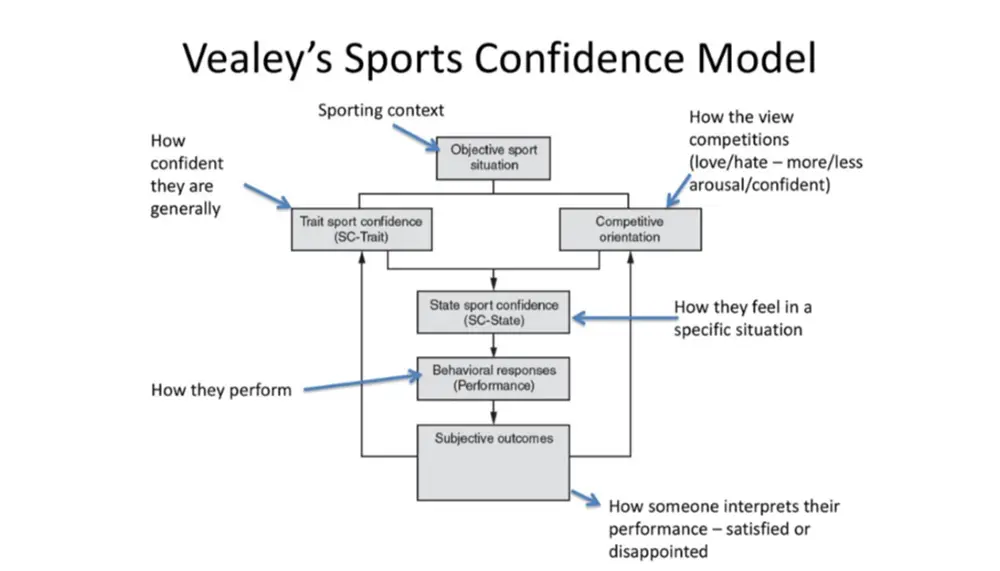



Travel back in time to June 2024, when the World celebrated the Environment day on the 5th, The UN declared to name the 11th as the first-ever International Day of Play to promote and prioritize play among all ages, and the biggest tournament in the cricketing world, the T20 World Cup was held co-hosted by the United States and the West Indies. In a thrilling exhibition of matches, it was India that lifted the trophy ending their 11-year drought of ICC trophies, bringing triumphant joys to everyone in the country
From the world cup we take a look at two very interesting incidents from two teams, India and Australia, which taps into a very crucial and significant conversation on attitudes and traits that is important for all athletes regardless of which sport they play

After Australia crashed out of the T20 World cup tournament earlier this June, an earlier snippet of his interview went viral where he touted that Australia will be one of the top 4 teams that will qualify for the T20 World Cup Finals and when asked to name 3 more teams he replied saying “Dont Care”. Many took to the net stating that there is a thin line between arrogance and confidence, suggesting that the Australian Captain needed to tone down the arrogance in his response

Virat Kohli, the Indian run machine, often regarded as every bowlers’ nightmare, had an unconventional tournament in the States by scoring a total og 151 runs with 75 of them coming in the first seven matches. In a video posted by The Print, Kohli has remarked on how his confidence throughout the tournament was at a low since he was not able to play at the level he wished. However, it took one important innings, a 76 against South Africa in the final, helping Team India to lift the ICC T20 World Cup Trophy
Both these incidents tap into a very important and significant topic which sports and performance psychologists grapple with with their athletes. On Confidence. The most consistent finding in peak performance literature is the direct correlation between self-confidence and success. Confidence is developed over many years and is found to be a direct result of effective thinking and frequent experiences in which people have been successful (Williams et al, 2013). One way sports and performance psychologists engage with athletes to build confidence is to reflect on the thoughts they carry. Thoughts are found to have a direct effect on feeling which ultimately impacts actions
Confident individuals have thinking habits which when consistently practiced become automatic and natural. When it reaches this state of being automatic and natural, it enables individuals to retain and benefit from the experiences in which they have been successful and release or restructure the memories and feelings from successful experiences
Conversationally confidence is understood as “a feeling of self-assurance” or “a belief in one’s powers” (Williams et al, 2013). The concept of mental toughness is also often seen to be associated with one’s understanding of confidence. So how do psychologists understand Confidence? Confidence and Mental Toughness understood by Jones, Hanton and Connaughton (2002) as:
“The natural or developed psychological edge … that enables you to cope better than your competitors with the demands of performance… and to remain more determined, focused, confident, and in control”
They further identified that “an unshakeable belief in your ability to achieve your competitive goals” to be a core component of confidence among athletes. Their further research confirmed that mental toughness development and maintenance is grounded on belief and focus (attitude and mind-set)
While the “success follows success” mantra does hold true, it is not a law. What this means is that while success in a task does proceed to build confidence which in turn leads to more success, this is not to be taken as a formula. Confidence building is a skill that needs constant work and engagement even in times when results or success do not immediately follow. Confidence is not a “yes-or-no” but a result of consistent constructing thinking processes (Vealey’s Model)

As mentioned before confidence is not a one-type-fits-all formula but rather a construction done by the individual and their support system around them. Some individuals prefer the loud form of confidence, accompanied by outspoken and brash comments. Some examples include Muhammed Ali, Charles Barkley, and Terrell Owens. Some hold a sense of quiet confidence such as Tim Duncan, Peyton Manning, Rafael Nadal, etc. It is essential for individuals to learn and recognize which type of confidence suits them the most
One of the most effective and commonly used techniques employed by athletes is Self-Talk. Self-Talk is a habit that one can observe all athletes engage in. These acts of talking to oneself in peak pressure moments shows how thoughts can impact actions. Some important prerequisites for building confidence and for the effective impact of Self-Talk are
Coming back to the two incidents highlighted previously; Pat Cummins, who captained the Australian Cricket Team to victory in the 50-over World Cup tournament, demonstrated his belief in the potential and ability of the team to consistently achieve peak performance and outcomes in high pressure situations, as the team had demonstrated previously in the past. Virat Kohli stayed grounded in his belief in his ability to contribute to the success of the team even if there occur a few unconventional low-scoring performances. It is inherent in the nature of sports to have winners and losers in a game but confidence, belief and attitude helps repeat the high outcomes over and over again
Williams, J. M., & Krane, V. (2015). Applied Sport Psychology: Personal Growth to Peak performance (By University of Arizona & Bowling Green State University). McGraw-Hill. https://www.mhhe.com
Vealey, R. S. (1986). Conceptualization of sport-confidence and competitive orientation: Preliminary investigations and instrument development. Journal of Sport Psychology, 8, 221 – 246